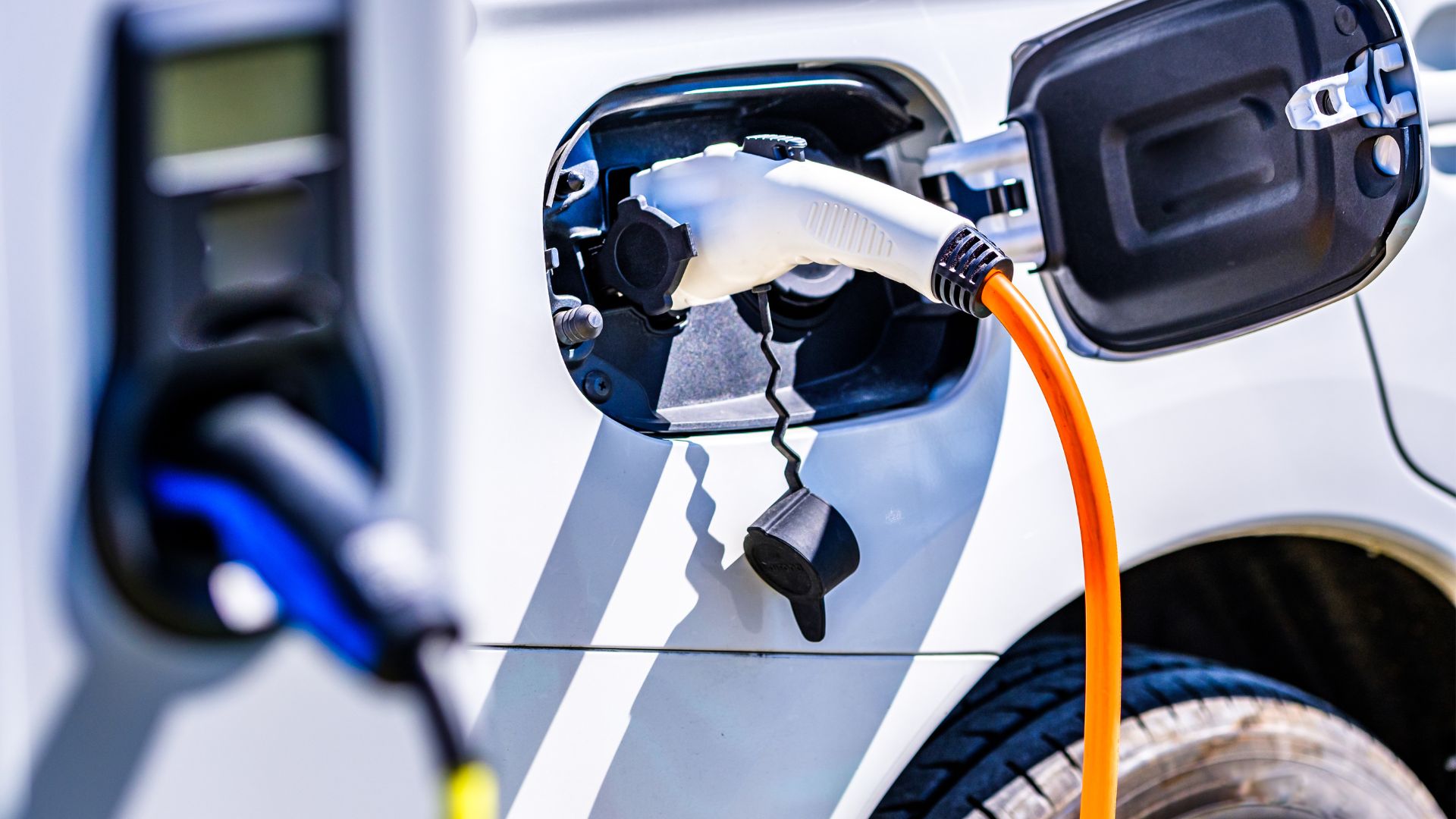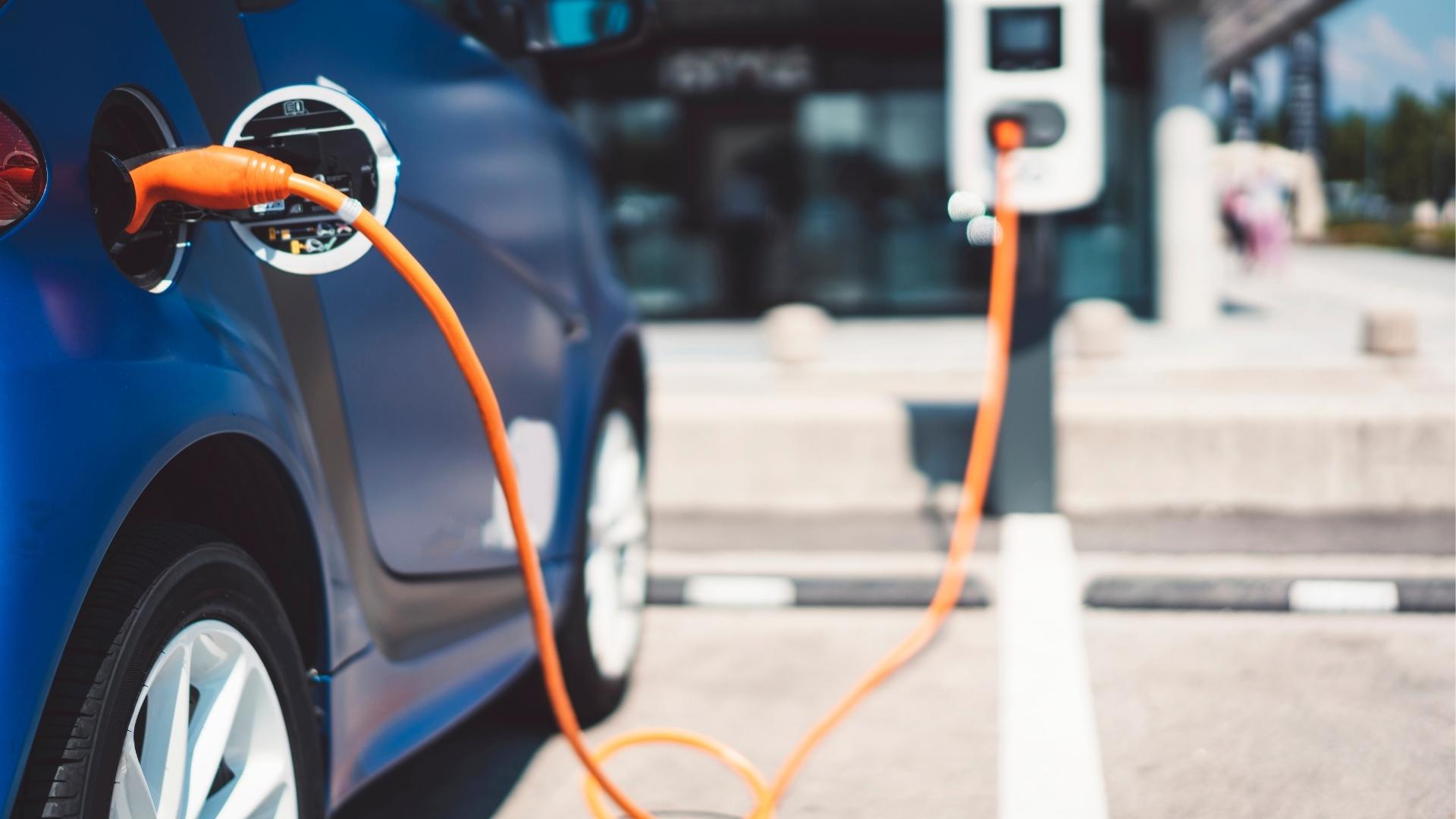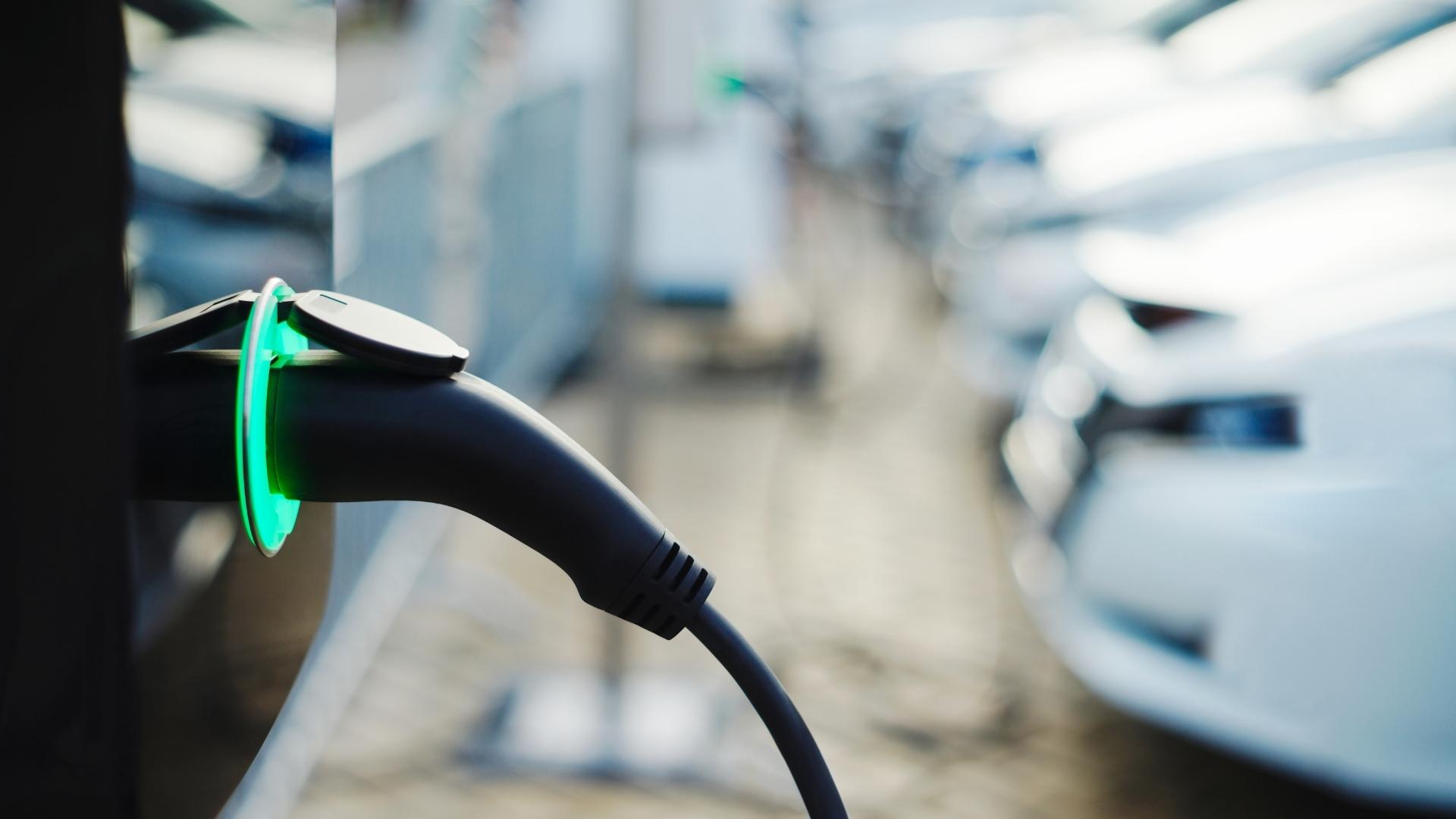1. Technical requirements
The technical requirements for charging stations vary depending on the application expected at the location to be equipped with them.
Accelerated charging (<22kW):
Accelerated charging stations are usually used for charging at a time when the vehicle is parked, regardless of its charging needs. This is then referred to as "intermediate charging". In this case, the vehicle is not parked for the purpose of charging, but the user makes use of the charging opportunity while parked to carry out daily activities. This type of charging is particularly important for plug-in vehicles. Charging can usually be done at a lower power (e.g. up to 11 kW) and with alternating current. The use of intelligent charge management, which allows a limited connection power to be distributed among several charging stations, is usually recommended.
Ultra-fast charging:
In contrast to occasional AC charging at a location of interest to the user, HPC (high power charging) is about charging the vehicle as quickly as possible so that the user can continue their journey in the shortest possible time.
In ultra-fast charging of electric vehicles, simply stating the maximum power of the charging station does not guarantee that it will be available to every user. The actual charging power depends on the capacities of the vehicle, the state of charge and the temperature of the battery. The charging voltage also varies depending on the vehicle. Some vehicles have a high charging voltage (approx. 800 V), which means that a higher power can be drawn from the same charging current than from a vehicle that charges at 400 V. When choosing an ultra-fast charging station, it is therefore advisable to consider not only the power, but also the current as well as the maximum charging voltage.
Classic smart charging, where the charging power is reduced or distributed over time, is not recommended in this case, as users want a guaranteed high power. Nevertheless, it is possible to dynamically distribute the total power provided among the charging points, as it can be assumed that it is unlikely that all connected electric vehicles will simultaneously request the maximum power from the charging station according to their maximum charging power in the current SOC (State of Charge) range. It is also possible to integrate a buffer battery to achieve a cost optimum, allowing the power supplied by the grid connection to be used to charge the electric vehicles without unnecessary power peaks and associated costs.

2. Grid connection
The power available for charging electric vehicles shall be determined by the distribution system operator after the submission of the mandatory application for the installation of the charging infrastructure.
The installation of ultra-high speed charging infrastructure usually requires the installation of a dedicated transformer.
When connecting the charging infrastructure to the low-voltage grid, the technical grid connection conditions (TAB BT) apply, which stipulate that the charging power can be reduced by the grid operator in the event of a critical grid condition.
3. Charge management
A charge management system controls the charging of all electric vehicles charging simultaneously, taking into account the priorities of individual users and limiting the total power according to existing restrictions. In addition, the charging power can possibly be dynamically adapted to the local supply of renewable energy, e.g. photovoltaics. The use of load management makes sense when several charging points are used simultaneously and may be mandatory depending on the type of property.
4. Fire protection
Especially for charging areas located in buildings, it may be necessary to consider fire protection requirements, such as integration into a fire alarm system that interrupts the power supply to the charging infrastructure in case of fire.
For covered parking areas with more than 20 vehicles, the ITM regulations (ITM-SST 1506.3) must be complied with.
5. Billing based on consumption
Consumption-based billing is based on the authentication of users at the charging station and the accurate recording and allocation of consumption. Beyond the technical solutions, comprehensive service offerings are available. At publicly accessible charging stations, users should be able to log in and pay with a charging card from a Mobility Service Provider (MSP). Ad-hoc payment by credit card (possibly using a QR code attached to the charging station that directs the user to a mobile payment page) should also be offered in this case.

6. Quality of service
Especially for fast charging, the quality of service is not limited to a functioning charging station. Users usually stay there for half an hour or more and appreciate amenities such as trash bins, a shelter, sanitary facilities as well as gastronomic offers.



